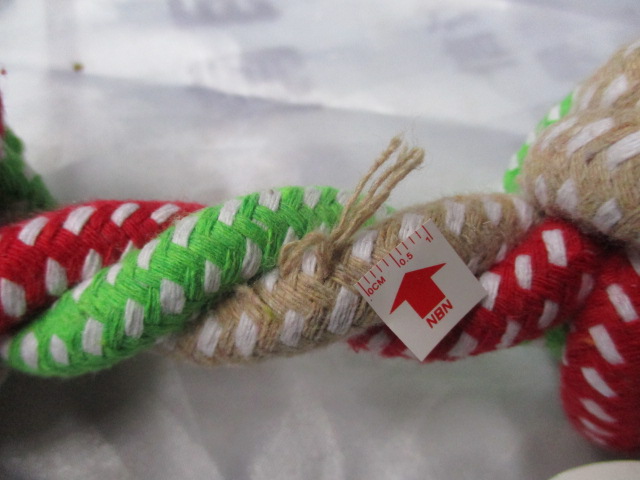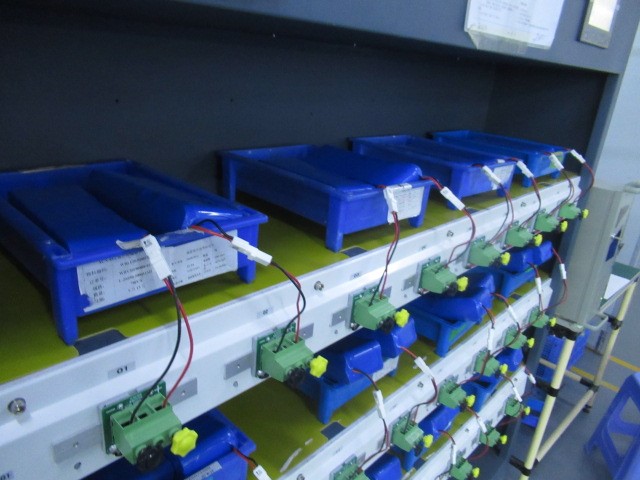
The pet industry has seen exponential growth in recent years, with an increasing number of households embracing pets as integral members of the family. Consequently, there is a heightened awareness and concern for the safety and quality of pet products. This article delves into the essential quality requirements and inspection steps that govern the production of pet items, ensuring they meet stringent standards.
Contents
Quality Requirements for Pet Products
1.Safety: Foremost among quality requirements for pet products is safety. Products must not pose any immediate or long-term health risks to pets. This includes ensuring they are free from harmful chemicals, toxins, and any physical hazards. For example, pet toys should be made of non-toxic materials to prevent accidental ingestion.
2.Durability and Reliability: Pet products, especially accessories like leashes, collars, and beds, should be durable enough to withstand regular use. This ensures they are reliable and won’t fail when needed most. Chew-resistant materials are vital for items like chew toys, which are designed for prolonged interaction.
3.Effectiveness: Products such as grooming tools, training aids, and containment systems should effectively serve their intended purpose. For instance, a grooming brush should be designed to untangle fur and promote a healthy coat.
4.Quality of Ingredients (For Food and Treats): For pet food and treats, ingredient quality is paramount. These products should be composed of nutritious and safe components that meet the specific dietary needs of the targeted pet group, be it dogs, cats, birds, or fish. Transparency in labeling is essential, indicating allergens or potential contaminants.
5.Environmental Considerations: With the increasing focus on sustainability and eco-conscious consumer behavior, there is a growing emphasis on the environmental impact of pet products. Manufacturers are encouraged to adopt sustainable sourcing practices, eco-friendly packaging, and environmentally responsible manufacturing processes.
International Standards for Pet Products
To ensure uniform quality and safety in the pet product industry, several international standards and regulations have been established. These standards serve as benchmarks, guiding manufacturers and suppliers towards producing high-quality, safe, and reliable pet items. Some notable international standards include:
- ISO 9001: This globally recognized quality management system standard can be applied to the manufacturing processes of pet products. Adherence to ISO 9001 demonstrates a commitment to maintaining consistent product quality and customer satisfaction.
- ISO 22000: Specifically relevant to pet food manufacturers, ISO 22000 outlines the requirements for a food safety management system. This ensures that pet food is produced under strict hygiene and safety conditions.
- ASTM International: ASTM International provides a range of standards related to pet products, covering safety, durability, and performance testing for various items like toys, leashes, and collars.
- EU Regulation 2019/4: Focusing on the manufacturing and marketing of medicated pet feed additives, this regulation ensures that such products are safe and effective for pets.
- AAFCO Guidelines: In the United States, the Association of American Feed Control Officials (AAFCO) sets guidelines and standards for pet food ingredients and labeling. Compliance with AAFCO standards is essential for pet food manufacturers intending to sell products in the U.S. market.

Inspection Procedures for Pet Products
Pre-shipment inspections are crucial steps in ensuring that pet products meet quality requirements and international standards before reaching consumers. Here are the steps involved in conducting pre-shipment inspections:
1.Selection of Inspection Criteria: Prior to the inspection, specific criteria and standards are selected based on the type of pet product being shipped. This includes safety standards, quality requirements, and relevant international standards.
2.Inspection Team Training: If an in-house inspection team is utilized, team members must be adequately trained to comprehend the inspection criteria and standards. For third-party inspection agencies, inspectors are certified and experienced in pet product inspections.
3.Sample Selection: Random samples from the production batch are chosen for inspection. The sample size may vary depending on the product type and industry regulations.
4.Visual Inspection: Inspectors conduct a visual examination of the samples, looking for any defects, irregularities, or deviations from the established criteria. This includes checking for sharp edges on toys, proper labeling on pet food, and the absence of contaminants.
5.Testing and Analysis: Specialized testing equipment may be employed to assess the quality and safety of pet products. This can include material strength tests for toys, nutritional analysis for pet food, or chemical analysis for contaminants.
6.Documentation and Reporting: Inspectors document their findings, including photographs and test results. A detailed report is generated, summarizing the inspection results and indicating whether the products meet the established criteria.
7.Corrective Actions: If any products are found to be non-compliant, corrective actions are recommended. This may involve reworking, retesting, or rejecting the non-conforming products.
8.Approval for Shipment: Once the inspection is completed and products are deemed compliant with the quality requirements and standards, they are approved for shipment to their intended destination.
9.Packaging and Labeling Compliance: Inspectors also verify that the packaging and labeling of pet products adhere to regulatory requirements, including proper ingredient lists, nutritional information, and safety warnings.
Conclusion
Ensuring the quality and safety of pet products is paramount in the pet industry to protect the well-being of pets and uphold the trust of consumers. Adhering to quality requirements and international standards, along with rigorous pre-shipment inspections, guarantees that pet products are of the highest quality. By maintaining these standards, the pet product industry can continue to thrive, meeting the needs of pet owners worldwide.




